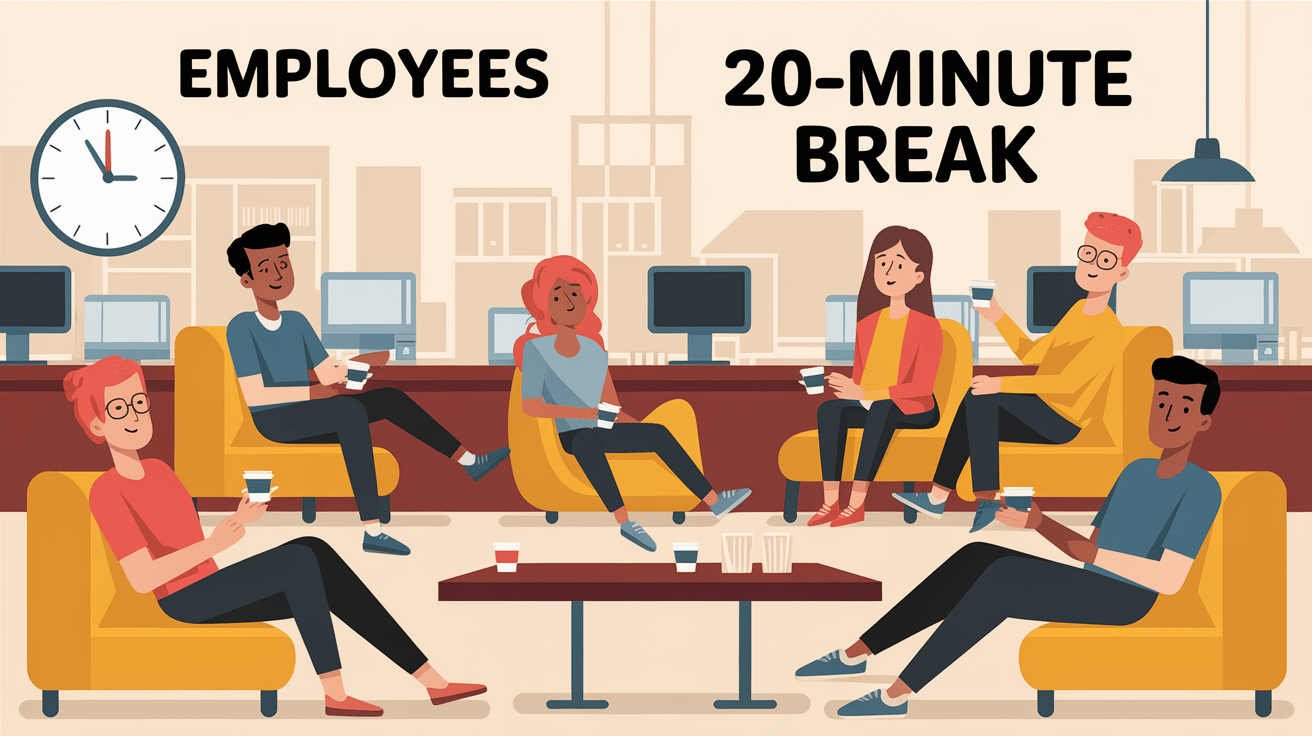Labor relations is the study and practice of collective bargaining, labor-management relations, and trade unionism. The field commonly includes arbitration, mediation, and conciliation of disputes between workers and management. In most countries, labor relations are primarily governed by statutory law (often called labor law) and common law. However, in some countries labor relations is primarily governed by customary law, which takes the form of unwritten rules and traditions.
History of Labor Relations
The history of Labor Relations can be traced back to the early days of the Industrial Revolution in Europe and North America. In the late 18th and early 19th centuries, the rise of factories and large-scale businesses led to a growth in the number of workers who were employed in these settings. As the industrial economy expanded, so too did the labor force. This growth in the labor force led to a number of changes in the way that work was organized and conducted.
Theories of Labor Relations
A number of different theories have been put forward to explain the development and nature of labor relations. These theories can be broadly grouped into two main categories: instrumentalist and structuralist. Instrumentalist theories of labor relations focus on the role that economic factors play in shaping the relationship between workers and employers. These theories see the labor market as a key determinant of labor relations. Structuralist theories, on the other hand, focus on the role that social and political factors play in shaping labor relations. These theories see power relationships between workers and employers as the key determinant of labor relations.
Industrial Conflict
Industrial conflict is a term that is used to describe the relationship between workers and management. It is characterized by a number of different forms of dispute, including strikes, lockouts, and picketing. Industrial conflict can also be thought of as a struggle over the control of the workplace. This struggle can take many different forms, but it typically pits workers against management in a battle over work conditions, wages, and workplace rules.
Image source: Pexels
Union Organizing
Union organizing is the process by which workers come together to form unions. Union organizing typically occurs in response to perceived unfairness in the workplace. Workers who feel that they are being treated unfairly by their employer may try to organize a union in order to improve their working conditions. Union organizing can also be seen as a form of industrial conflict. When workers attempt to organize a union, they are typically doing so in order to gain more power in the workplace.
Collective Bargaining
Collective bargaining is the process by which unions and employers negotiate the terms of employment. This process typically includes negotiations over wages, hours, and working conditions. Collective bargaining is a key part of the labor relations process. It is through collective bargaining that unions and employers come to an agreement on the terms of employment.
Grievance Procedures
A grievance is a complaint that an employee has about their job or working conditions. Grievances can be filed with either the employer or the union. The grievance procedures are the process by which these complaints are resolved. Grievance procedures typically involve a series of steps, beginning with a meeting between the employee and their supervisor. If the grievance is not resolved at this level, it may be escalated to higher levels within the company or the union.
Arbitration
This is a process wherein both parties involved in a labor dispute agree to submit their differences to a third party for resolution. This third party, known as an arbitrator, will hear both sides of the argument and render a decision. Arbitration is typically used as a last resort when other methods of dispute resolution have failed. The arbitrator’s decision is binding, meaning that both parties must abide by it.
Labor Management Cooperation
Labor management cooperation is a term that is used to describe the relationship between unions and employers. This relationship is characterized by mutual respect, communication, and cooperation. Labor management cooperation typically occurs when both parties feel that they can benefit from working together. When labor and management cooperate, they are able to negotiate contracts that are beneficial to both sides.
Public Sector Labor Relations
Public sector labor relations are the relationships between government employees and their employers. These relationships are governed by a different set of rules and regulations than private sector labor relations. Public sector labor relations are typically more adversarial than private sector labor relations. This is due in part to the fact that government employees are not able to strike.
International Labor Relations
International labor relations are the relationships between workers and management in multinational corporations. These relationships are governed by a different set of rules and regulations than domestic labor relations. International labor relations are typically more adversarial than domestic labor relations. This is due in part to the fact that multinational corporations often operate in countries with weak labor laws.
Occupational Safety and Health
Occupational safety and health is the study of the risks that are present in the workplace. This study includes both the risks that are posed to workers and the risks that are posed to the general public. Occupational safety and health is a key part of the labor relations process. It is through occupational safety and health that employers and unions come to an agreement on the safety and health standards that should be in place in the workplace.
Workers’ Compensation
Workers’ compensation is a system of insurance that provides benefits to workers who are injured or ill as a result of their job. Workers’ compensation is a key part of the labor relations process. It is through workers’ compensation that employers and unions come to an agreement on the terms of compensation for workers who are injured or ill.
Unemployment Insurance
Unemployment insurance is a system of insurance that provides benefits to workers who are unemployed. Unemployment insurance is a key part of the labor relations process. It is through unemployment insurance that employers and unions come to an agreement on the terms of compensation for workers who are unemployed.
Social Security
Social security is a system of insurance that provides benefits to workers who are retired or disabled. Social security is a key part of the labor relations process. It is through social security that employers and unions come to an agreement on the terms of compensation for workers who are retired or disabled.
Labor relations is a complex and ever-changing field. It is important for both employers and employees to understand the basics of labor relations. By understanding the basics of labor relations, employers and employees can work together to create a work environment that is safe, productive, and fair.












